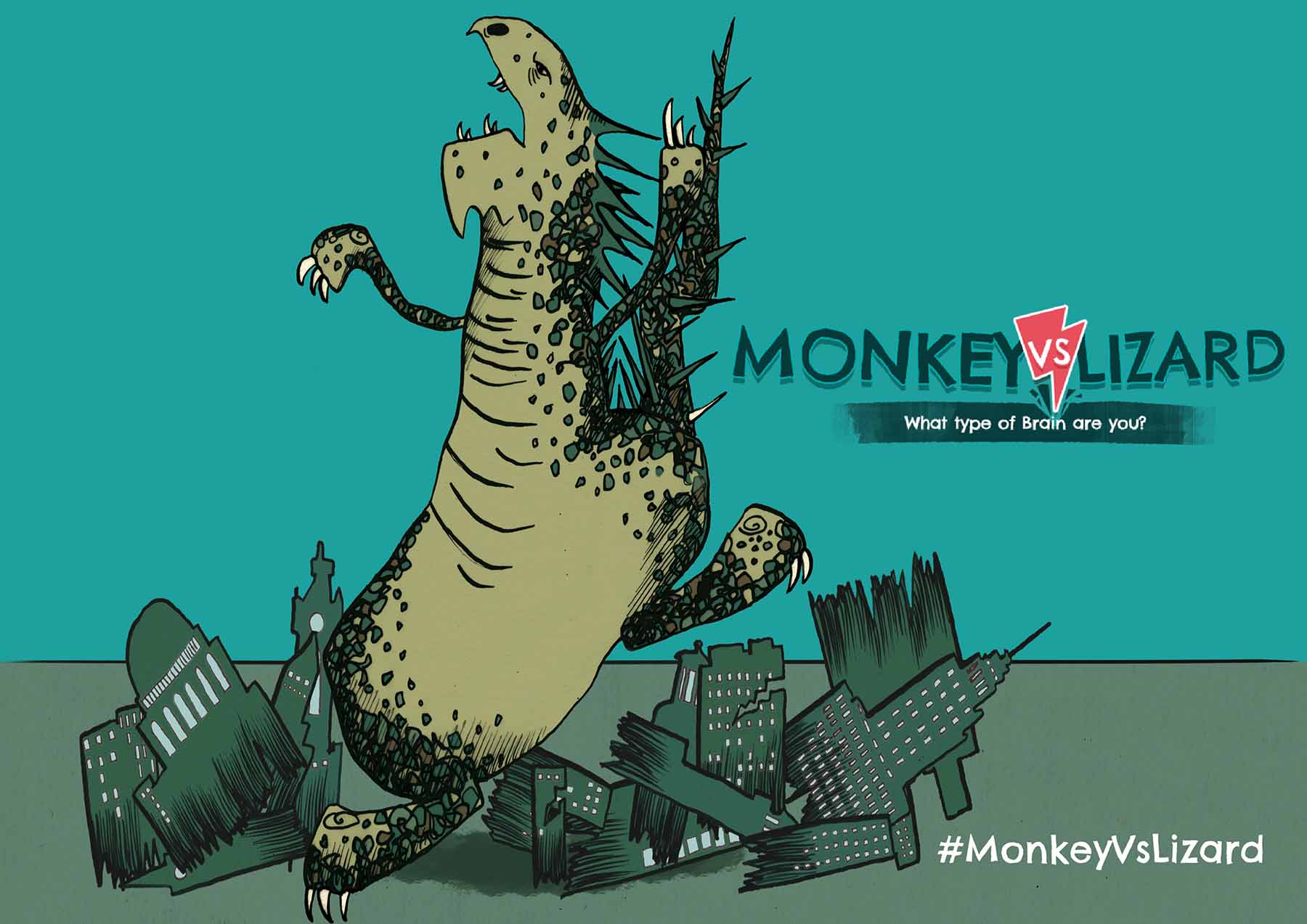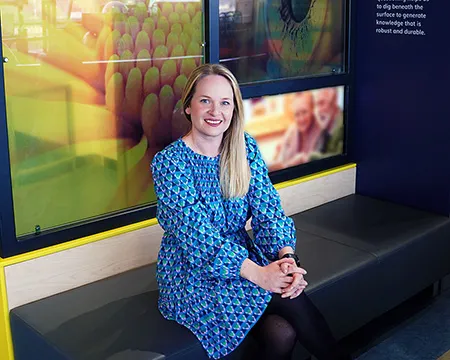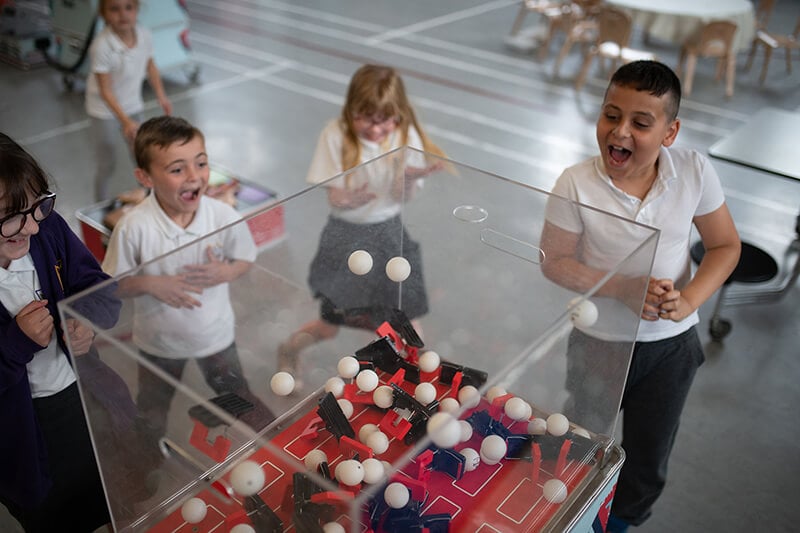The Science of Conflict

Increasingly, scientific disciplines are emerging that recognise that emotions play a role in survival, learning and resilience. In this guest post, Colin Waters, from Cyrenians Scottish Centre for Conflict Resolution shares insight into their work and the helpful resources they provide to families around the science of conflict and resolution.
No one is more delighted than Cyrenians Scottish Centre for Conflict Resolution (SCCR) to have collaborated with Glasgow Science Centre on a brand new mini-exhibition. From Wednesday 1 March onwards, visitors can check out a new visually arresting mini-exhibition on the ground floor that brings together our work over the past near-decade.
What is your work? I hear you ask. The clue is in the title.
Each year in Scotland, 5,000 young people present as homeless, which is a number roughly equal to five high schools worth of children. The most common reason young people give for why they’ve left home is relationship breakdown caused by conflict.
Where the SCCR and Glasgow Science Centre cross over is that our work is underpinned by what you might call ‘the science of conflict’. We look at what happens in the brain (neuroscience) when families fight. When parents and carers and young people know a little about the science of conflict, when they can see their arguments are part of a developmental cycle all people go through, it can take some heat out of the situation.
Through tips and techniques freely available on our website and through events in schools, in the community, and online, the SCCR gives young people and their families the skills to end arguments amicably; we also provide training to practitioners and volunteers who work with families in conflict.

The mini-exhibition brings together psychoeducational resources developed by SCCR. Each resource promotes knowledge of mood regulation in a fun, quirky way.
- The Three Brains uses a rock band to explain how the mind-body connection works.
- Cranial Cocktail is an approachable take on chemicals such as cortisol, oxytocin and so on, that are made by the brain and affect behaviour.
- #KeepTheHeid is based on the science of ‘flipping your lid’, inspired by the work of Dr Dan Siegel, using the metaphor of circus performers.
- Monkey Vs Lizard looks at empathy from an evolutionary perspective.

Using SCCR’s original illustrations (created by illustrator and author Hannah Foley), Glasgow Science Centre has created a mini-exhibition where figures created to illustrate our digital resources step off the monitor.
For those who want to learn more about the science of conflict, the mini-exhibition will have tablets attached allowing them to try out the SCCR’s quizzes and resources. The mini-exhibition also has QR codes that take your phone straight to the SCCR website.
If you’d like to know more about Cyrenians Scottish Centre for Conflict Resolution, click here.





